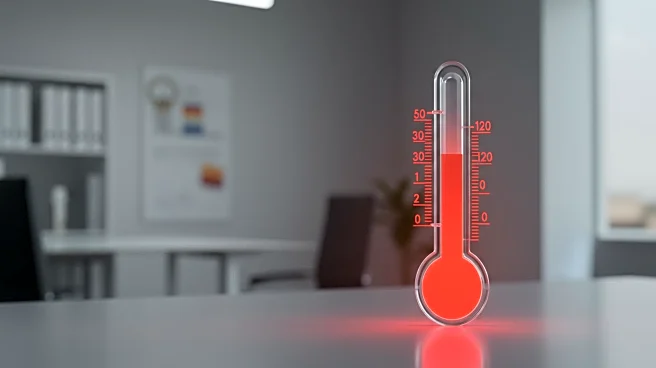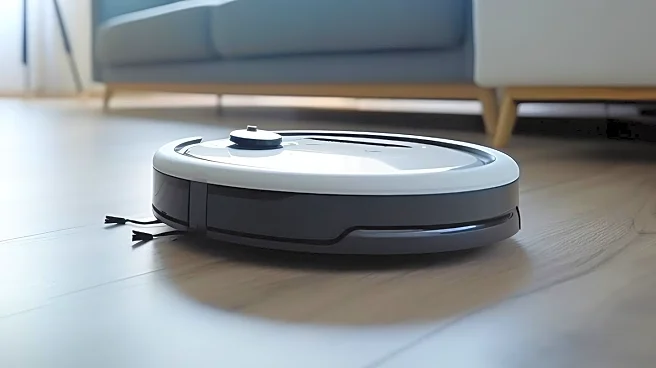What's Happening?
Individuals with asthma and allergies are increasingly turning to air purifiers to improve indoor air quality and alleviate symptoms. According to user testimonials, devices like the BlueAir 411 purifier have made significant differences in reducing allergens such as dust, pollen, and pet dander. Users report improvements in respiratory health and overall air quality, particularly during challenging conditions like wildfire seasons. The BlueAir 411, for instance, utilizes a dual-filtration HEPA system and a machine-washable fabric pre-filter, effectively cleaning spaces up to 526 square feet. This trend highlights a growing consumer interest in air purifiers as essential household devices for health and comfort.
Why It's Important?
The increased use of air purifiers among asthma and allergy sufferers underscores a broader public health concern regarding indoor air quality. As environmental factors such as wildfires and pollution continue to impact air quality, these devices offer a practical solution for mitigating health risks associated with poor air conditions. The market for air purifiers is likely to expand as more individuals seek to improve their living environments, potentially driving innovation and competition among manufacturers. This trend also reflects a heightened awareness of the importance of maintaining clean air in residential spaces, which could influence public health policies and consumer behavior.
What's Next?
As demand for air purifiers grows, manufacturers may focus on developing more advanced and efficient models to cater to consumer needs. This could include features like enhanced filtration systems, smart technology integration, and energy-efficient designs. Additionally, there may be increased advocacy for policies that promote better indoor air quality standards, potentially influencing building codes and regulations. Consumers might also see a rise in educational campaigns about the benefits of air purifiers and how to select the right model for their specific needs.
Beyond the Headlines
The trend towards using air purifiers also raises questions about accessibility and affordability, as not all individuals may have the means to purchase these devices. This could lead to discussions about economic disparities in health outcomes related to air quality. Furthermore, the environmental impact of air purifiers, including energy consumption and waste from filter replacements, may become a topic of concern, prompting calls for more sustainable product designs.











